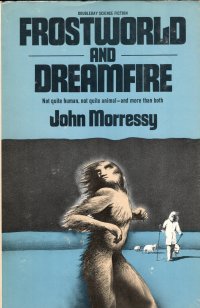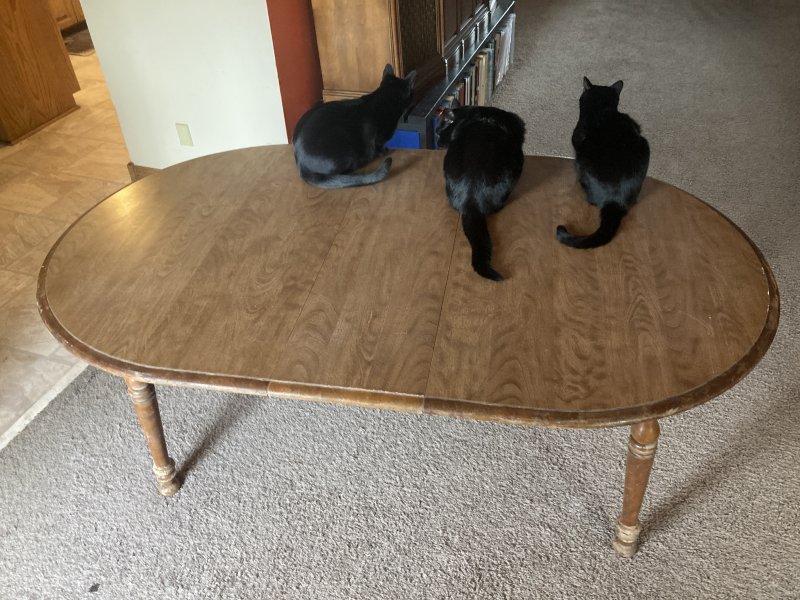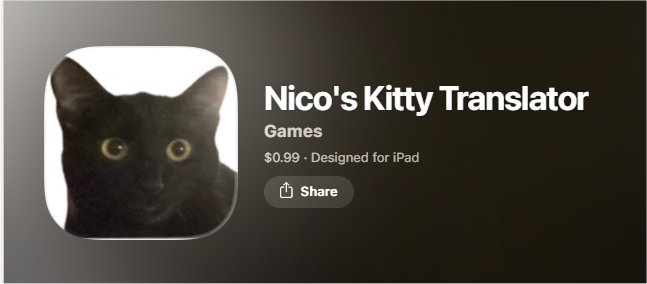Missouri bill bans AI from human privileges like marriage:
Would you ever marry artificial intelligence? Would you consider AI a person?
A bill gaining support at the Missouri Capitol would ban AI from any of the privileges of being human, including marriage. St. Louis State Rep. Phil Amato is crafting a bill that would define what AI is by defining what it is not. The bill was pre-filed on Monday and has already gained support from several key players in the Missouri legislature.
Interesting word, privilege. From the bill:
22 3. For all purposes under state law, AI systems are declared to be non-sentient
23 entities.
24 4. No AI system shall be granted the status of a person or any form of legal
25 personhood, nor be considered to possess consciousness, self-awareness, or similar traits
26 of living beings.
27 5. No AI system shall be recognized as a spouse, domestic partner, or hold any
28 personal legal status analogous to marriage or union with a human or another AI
29 system. Any purported attempt to marry or create a personal union with an AI system
30 is void and shall have no legal effect.
31 6. AI systems shall not be designated, appointed, or serve as any officer, director,
32 manager, or similar role within any corporation, partnership, or other legal entity. Any
33 purported appointment of an AI system to such a role is void and has no legal effect.
34 7. AI systems shall not be recognized as legal entities capable of owning,
35 controlling, or holding title to any form of property including, but not limited to, real
36 estate, intellectual property, financial accounts, and digital assets. All assets and
37 proprietary interests generated, managed, or otherwise associated with AI shall be
38 attributed to the human individuals or legally recognized organizations responsible for
39 their development, deployment, or operation.
Basically, it’s saying that LLMs and their like are not human and do not have human rights.
Which journalists think are privileges. Which can be taken away if we humans are bad.



 Of all the sets of authors’ books which I would complete in 2025, the smart money would be on the Ben Wolf books I bought in
Of all the sets of authors’ books which I would complete in 2025, the smart money would be on the Ben Wolf books I bought in 
 Ah, gentle reader. I bought this book in the swirling mists of pre-history where by “pre-history,” I mean before I started tracking book purchases on the blog–probably not long before, as the real book sale frenzies would have not begun before the 21st century–well, not much–although it might come from my Ebay days where I bought books like this for a buck or less each and listed them for a couple of bucks a throw on Ebay. I did come up with boxes of books then, and when I gave up on them, I put them in my sainted mother’s yard sale, and she once set up the night before, and several hundred dollars’ worth of books, or at least books I paid several hundred dollars for, were ruined.
Ah, gentle reader. I bought this book in the swirling mists of pre-history where by “pre-history,” I mean before I started tracking book purchases on the blog–probably not long before, as the real book sale frenzies would have not begun before the 21st century–well, not much–although it might come from my Ebay days where I bought books like this for a buck or less each and listed them for a couple of bucks a throw on Ebay. I did come up with boxes of books then, and when I gave up on them, I put them in my sainted mother’s yard sale, and she once set up the night before, and several hundred dollars’ worth of books, or at least books I paid several hundred dollars for, were ruined. 
 Unlike
Unlike  Rest assured, gentle reader; this is not my annual Christmas novel–but it does have Christmas right in the title, so it seemed a timely read. When I picked this book up
Rest assured, gentle reader; this is not my annual Christmas novel–but it does have Christmas right in the title, so it seemed a timely read. When I picked this book up  I picked this book up after reading
I picked this book up after reading 


